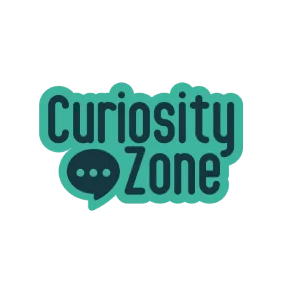
Final Packing Instructions (Trip: Chapter Six)
By Steve Lear
While several versions of the TRIP decision-making process are available on this site (see the short Outline or complete Manual), we’re also spotlighting the content as individual chapters, making it easier for readers to get a step-by-step understanding of TRIP’s benefits. Let’s keep planning a TRIP!
As we head into Chapter Six, your decision-making teams are in place and you’re almost ready to begin! Read Final Packing Instructions for last-minute advice on the importance of voting, managing team expectations, and measuring your success.
Voting
One of the most effective ways to streamline your decision-making process is to vote on the issues under discussion. Voting is a hallmark of democracy. Democracy creates engagement and increases the chance that a decision will result in action. Action is critical! Decisions without action accomplish nothing and waste everyone’s time.
Democracy creates engagement and increases the chance that a decision will result in action.
If engagement is critical to successfully enacting a decision, then vote early and often. Reporting back to voters and other stakeholders at every turn is imperative. Also, remind all stakeholders to take voting seriously because the final decision will affect them. If you ask voters for money, again, ask early. It’s one thing to get people’s opinions. It’s harder to get their money.
The biggest benefit of voting is that it identifies the issues of agreement, which builds connection and momentum. It tells the leaders what doesn’t need discussion. Think of all the times you’ve heard participants repeat what others say, especially when there’s agreement. While this demonstrates camaraderie and support, it’s also a huge waste of time, diverting energy away from the issues that must be discussed and solved.
Virtual (cloud-based) voting is valuable even if the group is small. Balloting with some open-ended questions may create new and better solutions, as it offers the “quiet” ones an opportunity to be heard. Quiet ones are often reluctant to share their ideas in group discussions, overshadowed by those who like to think out loud. (I know. I think out loud all the time.)
To begin, decide which voting method you’re going to use. Dozens of internet sites provide cloud-based voting. We’ll show you how to produce a ballot using Microsoft Forms (see Appendix 10 pages 39-44*), but there are many other balloting software options you can use. Two significant considerations when creating a ballot are selecting the right language and the right format. To make sure your poll is effective, we recommend that organizations seek guidance from someone experienced in ballot design.
The first balloting question needs to be “what percentage of a vote constitutes a majority opinion and is considered a winning vote?” Once you reach a majority, further debate ends. If balloting doesn’t produce a majority opinion on an issue, leadership may need to arrange a town hall meeting. At this meeting, presenters state their positions and attempt to convince others. They can do this verbally, or a quiet one can submit something in writing. The meeting organizers produce a report, send it to previous voters, and vote again. If they can’t decide after three ballots, the organizers make the decision.
Managing Expectations
Every TRIP takes time. However, there’s a difference between using that time well and spinning your wheels.
To manage expectations, teach your team to “Avoid the Gap.” This is a concept developed by Dan Sullivan, creator of The Strategic Coach business and author of The Gap and The Gain.8 Sullivan’s premise is that to be joyful, we need to measure our achievements by how far we’ve come from the starting point, rather than how far we are from the ideal (and unattainable) goal. When we can see progress, we’re motivated to keep moving forward.
Measuring Success
Your TRIP is successful if it results in the following:
- A better decision
- More engagement in the action plan
- Less time spent, with less frustration
On a successful TRIP, Travelers will approach the journey with humor, honesty, transparency, and openness. They won’t view conflict as negative; they will embrace it as reality. This positive mindset paves your TRIP highway with a commitment to finding constructive solutions to remove your productivity roadblocks and achieve your goals.
* Note: To see the sample ballot form in Appendix 10, pages 39-44, download TRIP at the link shown below.
8. Dan Sullivan, The Gap And The Gain (Toronto: The Strategic Coach©, Inc., 2019).

